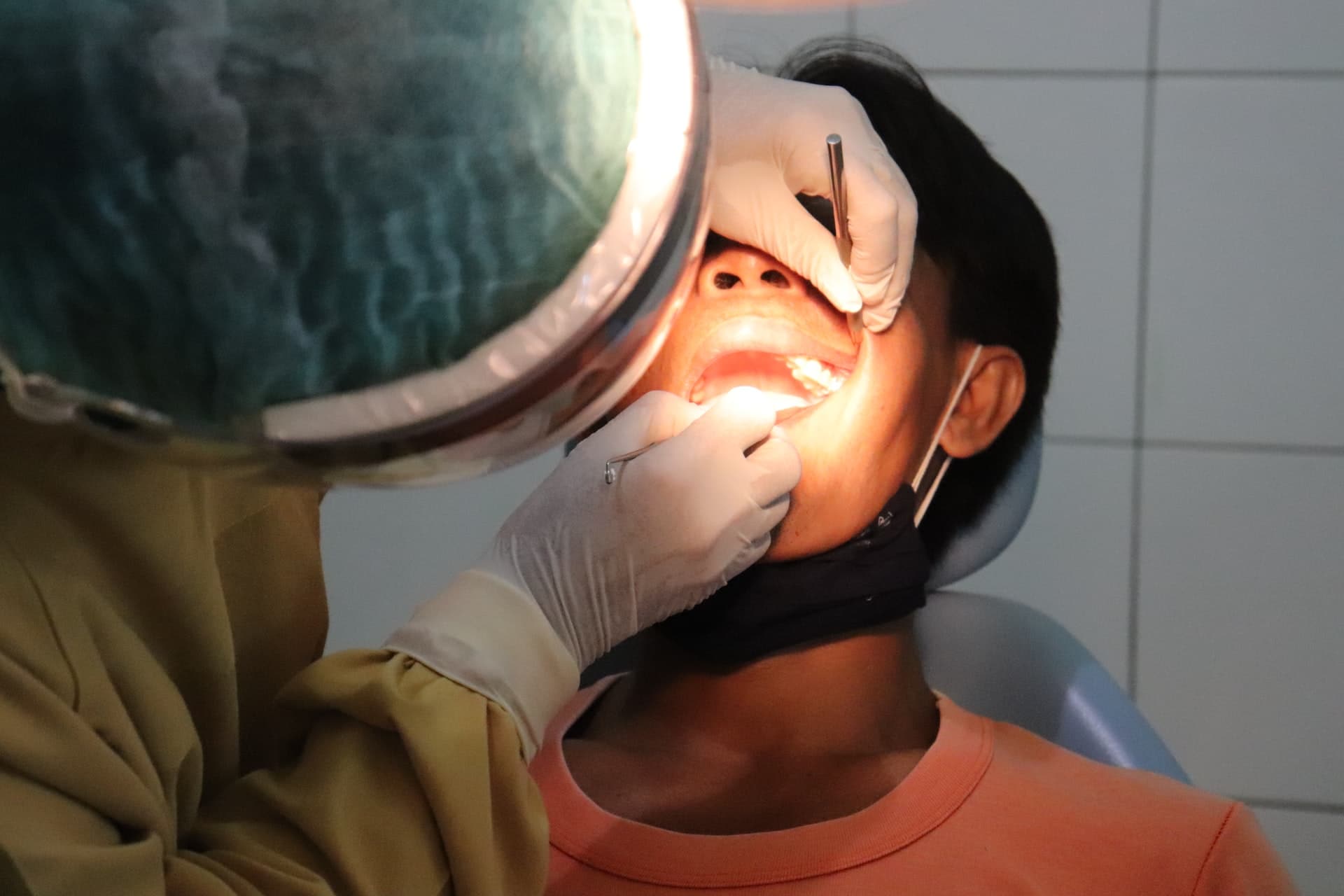
17 Feb What Happens When You Get A Cavity Filled?
While tooth fillings are a traditional solution for cavities, many patients are unaware of what happens when they get a cavity filled. For many patients, there’s understandable anxiety when they undergo a tooth filling procedure. There is, of course, nothing wrong with that, but understanding the process will help you remain calm during it.
Here at Prescott Dentistry, our focus on holistic care ensures that we commit to our patient’s physical and mental comfort. Our specialization in biomimetic dentistry makes us experts in the art of tooth filling, allowing us to keep you informed on what fillings require.
What Preparation and Procedure Happen When You Get a Cavity Filled?
Before the procedure begins, your dentist will begin by numbing your gum line, teeth, and surrounding skin. This prevents and lessens the discomfort patients might experience during the procedure. Depending on your needs, the method for numbing will be either a topical gel or an injected local anesthetic. A standard option for anesthetic is lidocaine, and the injection is typically only a slight pinprick in the gum line.
Once your dentist has applied the numbing agent, they will set to work repairing your teeth. Generally, this will involve drilling away the decayed portions of your teeth. This will help prevent the bacteria that caused the cavity from spreading as long as patients practice good oral hygiene after the procedure.
Next, your dentist will work to fill the space left after removing the decayed sections. During the procedure, your dentist will mold the filling to match the tooth’s shape and restore the tooth’s natural strength. Different types of fillings may be used, depending on a patient’s budget, health concerns, and desires for their smiles.
What Are The Possible Side Effects of Tooth Fillings?
Possible side effects that may happen when you get a cavity filled will vary depending on the severity and scale of the treated cavities. Generally, patients will experience tooth pain for a few days after the procedure due to increased sensitivity. It may be necessary to avoid especially hot, cold, sugary, or acidic foods and beverages during the initial week after to prevent this pain. However, eventually, the pain should decline and vanish.
However, suppose you received an amalgam filling. In that case, the consequences can be more severe. Amalgam fillings are silver-colored and contain a mixture of mercury, silver, tin, and copper. which might be released into the body due to the natural wear of fillings over several years. With how dangerous mercury poisoning can be, Prescott Dentistry generally recommends removing and replacing amalgam fillings with others such as composite and ceramic fillings.
Of course, there is the risk of infection in any medical procedure. In the case of fillings, the filling may become loose and allow a small space to appear between it and the tooth. This space can be perfect for bacteria to infiltrate and breed, causing future decay.
Finally, fillings do carry the risk of breaking, cracking, or falling out. Generally, this will occur only when you bite down on something extremely tough or suffer a hard hit. Given the roughness of sports, athletes primarily should be watchful for any damage.
Do You Need a Filling?
If you’ve spotted a cavity in your teeth and need a filling, there’s no need to worry. At Prescott Dentistry, our biomimetic and holistic treatments help to ensure your comfort during the entire process. We’d be happy to walk you through what the procedure would require and what options you have for dental care. Contact us today at (928) 445-1660, and we’ll get to work helping you perfect your smile.
Photo by Mufid Majnun on Unsplash.



